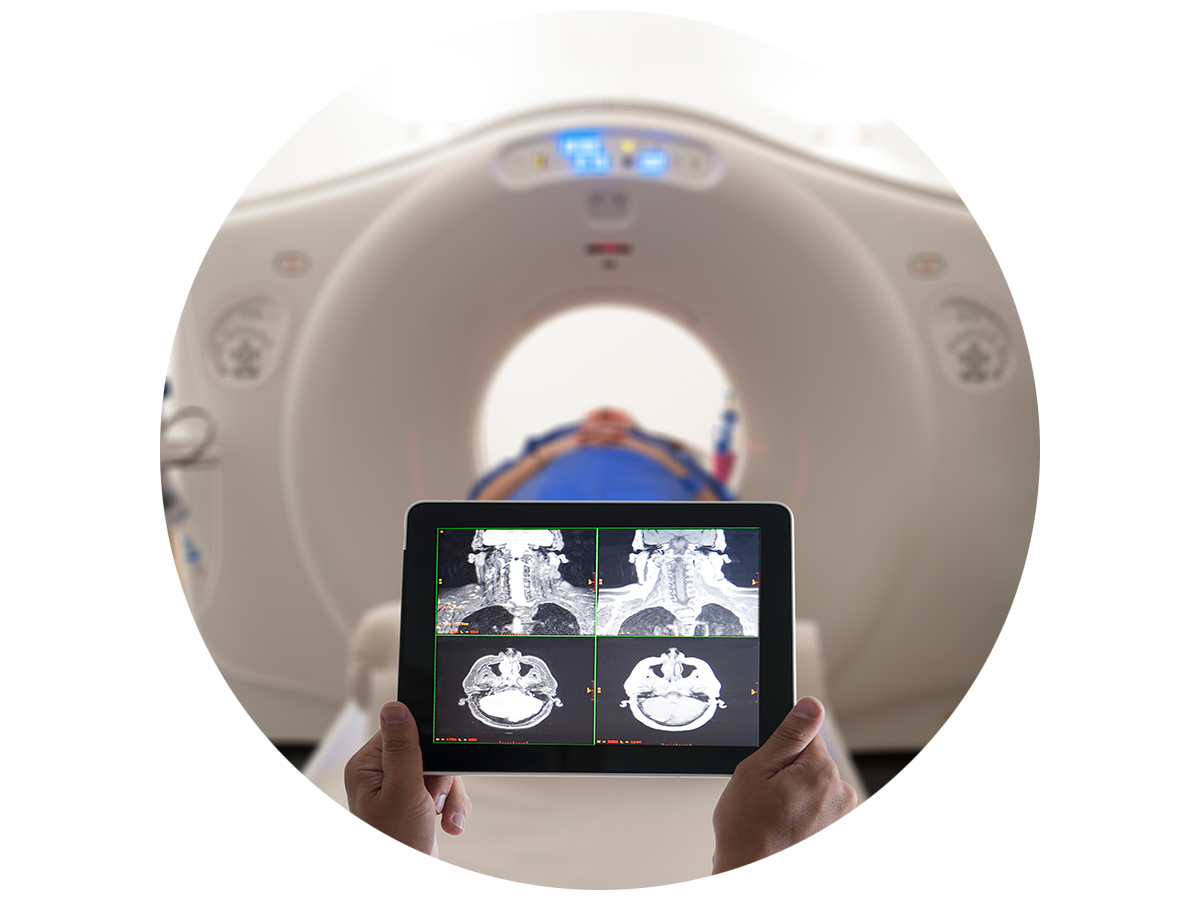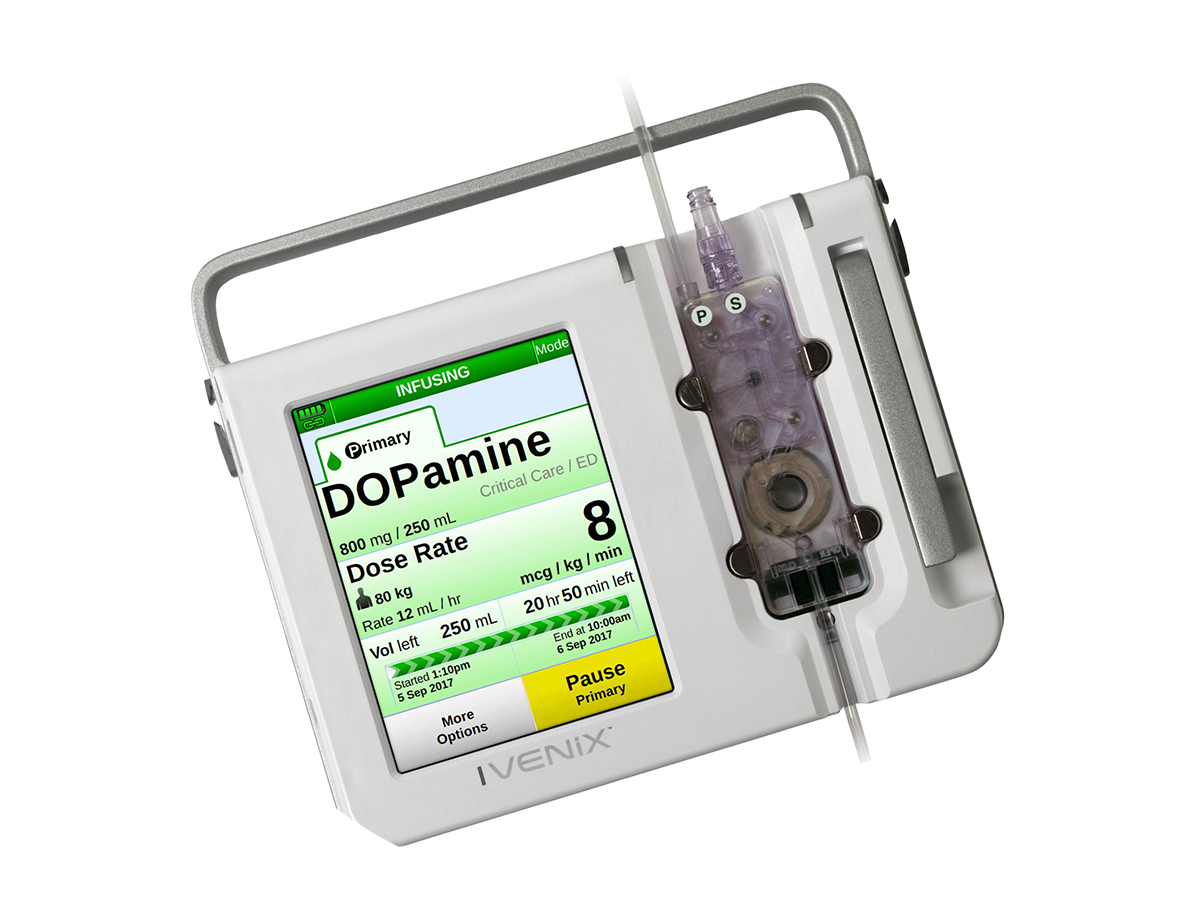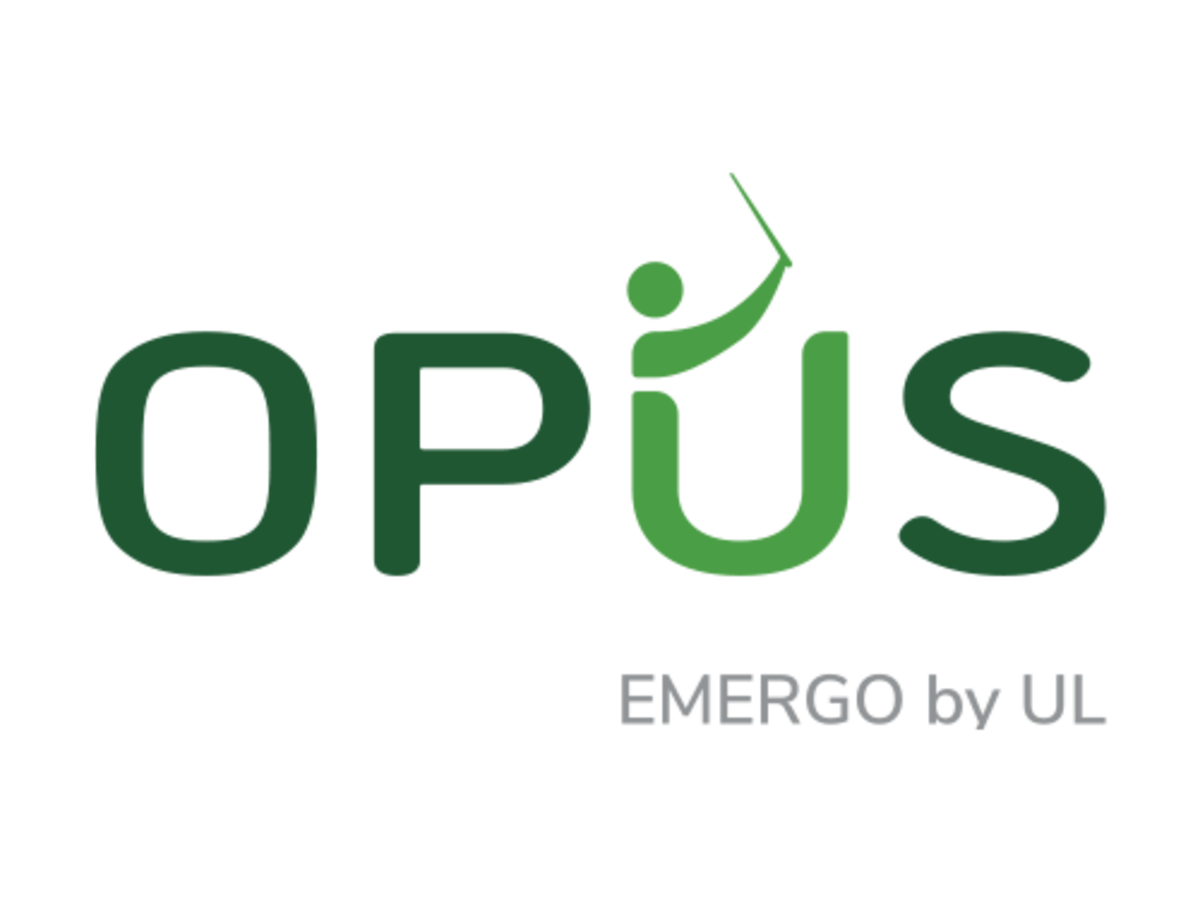Developing intuitive medical device user experiences to reduce errors
Meet user and regulatory expectations with quality design that supports safer, more effective product interactions, minimizing harmful use errors. Design and human factors best practices can apply to any type of product, meeting the regulatory and commercial imperative to develop products that deliver an intuitive and pleasing user experience.
Our design approach calls for in-depth user research to inform design requirements and design conceptualization and refinement to balance functional and aesthetic goals with safer, more effective and appealing design solutions.
Comprehensive design services for optimal user interaction
Enhance user interactions across all touchpoints with effective user interface design, preventing harmful use errors and supporting positive user experiences. The user interface includes all physical and digital touchpoints, such as displays, controls, labeling and other touchpoints found on devices. These products and systems can be as large as an MRI scanner or as small as a blood glucose meter and accompanying app. Regardless of system type and scale, poor user interface design can be the root cause of potentially harmful use errors, poor user experience and negative impressions.
Our iterative design approach
Achieve design success with our iterative process, optimizing each step to gather comprehensive insights and improve usability.
1. Discovering your product goals and needs
2. Conceptualize through design sessions
3. Craft new features and workflows
4. Build mock-ups and prototypes
5. Analyze how people interact with them
6. Evaluate the data to quickly refine the design
Comprehensive medical device design services
Explore our range of design services, from user research to packaging and software interfaces, supporting optimal usability and regulatory compliance.
Design research
We conduct user research activities within the design process to identify true user needs and robust design inputs. Our foundational user research methods and tools provide powerful insights to product design and development teams.
Expert evaluations
We leverage our team’s deep knowledge of human factors principles, design guidelines and relevant guidance and standards to evaluate devices and user interfaces and provide you with actionable opportunities to improve the design.
Packaging design
Develop simple, user-friendly packaging solutions that promote ease of opening and unpacking, functional grouping of related components and safe handling to create an intuitive, first experience.
Software User Interfaces
We work hand in hand with your team to develop innovative software interfaces, including mobile apps and Software as a Medical Device (SaMD), across a wide range of users in a variety of environments that can pose particularly challenging or high-risk use scenarios. Our approach will optimize the design for the product’s platform, which could be embedded device interfaces, mobile apps or SaMD that might be accessed on multiple devices.
Device-embedded GUI
Work with client engineering teams to develop a graphical user interface (GUI) that is optimized for the size and location in an integrated device. Such devices might be used by a wide range of users, in a variety of environments that can pose particularly challenging or high-risk use scenarios, e.g., an infusion pump in an operating room.
Mobile applications
Provide interface designs that are optimized for smaller, hand-held devices and tablets, many of which complement or control another device. We develop appropriate design strategies to minimize extraneous features and ensure intuitive interactions familiar to mobile device users.
Software as a Medical Device (SaMD)
Establish valid strategies and user-friendly designs where software is considered a medical device even without a physical device component. Such software can exist on various platforms, for different users, at the same time.
Web-based/desktop software
Some software designs are best suited for use with a keyboard and mouse. These can include systems used to manage content, patient databases, image analysis and/or therapy tracking. We can optimize for this type of interface with a well-organized information hierarchy, clearly delineated screen areas, and dynamic information and graphics, e.g., dashboards.
In-depth interviews
One-on-one interviews (in-person or remote) enable a deep dive into individual needs and preferences.
Group interviews
Group discussions, also called focus groups, are a valuable complement to observations and in-depth interviews. We conduct group interviews to collect many opinions quickly and reach group consensus on specific topics, including product design attributes and alternatives.
Industrial design
We develop hardware user interface (industrial design) solutions that integrate appropriate anthropometrics and ergonomics with clear affordances to facilitate safe physical interactions and pleasing form factors. Support can range from entire industrial design development to assisting clients with specific issues in existing design features.
Concept ideation
Develop a variety of creative and innovative concepts demonstrating how intended users might interact with a product’s physical touch points, e.g., ergonomics, aesthetics, form factor, etc., and set the stage for the full user experience.
Full product design
Plan and conduct product design activities that will carry initial research findings and user needs into product design concepts, iterative design refinements and, finally, a preferred optimized design.
On-device labeling
Develop device labeling that might help users identify key device components or convey instructions and critical safety messages, all while achieving the desired aesthetic and visual appeal.
Instructional and training materials
Develop instructional manuals that are easy to understand and support safe, effective use across myriad device types, including complex systems and combination products, user groups and formats. Also, we can develop training materials and programs in various mediums that can be used by trainers, in-service technicians, healthcare professionals or laypeople.
Instructions for Use
Develop complete Instructions for Use that can range from a one-sided folded sheet accompanying a combination device to a 100+ page manual for a complex medical device.
Quick reference guides
Develop supplemental guides that are particularly effective in supporting the correct performance of frequent tasks or troubleshooting tasks that require speedy resolution due to related risks and the potential for harm.
Dynamic instructional content
Create animated instructional content that highlights specific components and features of an instructional step to support embedded or web-based instruction modules. Many software interfaces include animated instructional content to demonstrate instructional steps and troubleshooting tips, giving users powerful help in context.
Case study
“We reached out to them early in the development process to establish the infusion pump's user interface look and feel...Today, simplicity-of-use is one of the main features used to publicize and differentiate the Ivenix Infusion System from other infusion pumps in the U.S. market.”
Ivenix, Inc.
Human Factors Software
Optimal Product Usability Suite (OPUS™)
Emergo by UL’s cloud-based human factors engineering (HFE) platform leverages training, tools, templates and regulatory guidance to help you stay ahead in your HFE activities.
Request information from our specialists
Thanks for your interest in our products and services. Let's collect some information so we can connect you with the right person.
















